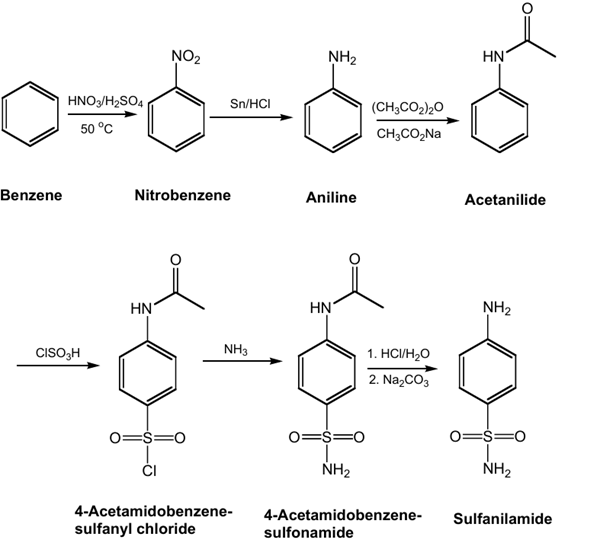Active Pharmaceutical Ingredients (API), popularly speaking, are the raw materials of medicines, only pharmaceutical raw materials are processed into pharmaceutical preparations , can they become medicines available for clinical use, so drugs we usually eat are the finished drugs through processing. Active Pharmaceutical Ingredients based on its sources can be divided into two major categories ,including chemical synthetic drugs and natural chemical drugs. Chemical synthetic drugs can be divided into organic synthetic drugs and inorganic synthetic drugs. Inorganic synthetic drugs are inorganic compounds ( very few is element), such as aluminum hydroxide, magnesium trisilicate which are used for the treatment of gastric and duodenal ulcers ; organic synthetic drugs are mainly composed of drugs made by basic organic chemical raw materials, through a series of organic chemical reactions (such as aspirin, chloramphenicol, caffeine, etc.). Natural chemical drugs ,based on its sources,can be divided into two categories including biochemical drugs and plant chemical drugs. Antibiotics are generally made by the microbial fermentation, which belongs to the biochemistry category. A variety of semi-synthetic antibiotics occurs in recent years,which are biosynthesis and chemical synthesis combining products.Among active Pharmaceutical Ingredients, the organic synthetic drugs varieties, yields and values have the largest proportion,which are the main pillars of the chemical and pharmaceutical industries. The quality of active Pharmaceutical Ingredients decides whether the formulation is good or bad , so its quality standards are very strict ,countries in the world have developed national pharmacopoeia standards and strict quality control methods for its widely used active Pharmaceutical ingredients.
What are the pathways for glucose synthesis?
Glucose is a fundamental substance sustaining human life activities. Its synthesis pathways differ across organisms. In plants, glucose is synthesized through photosynthesis within chloroplasts of pla
Dec 17,2025 APIApplication of 2-(Perfluorohexyl)ethyl methacrylate
2-(Perfluorohexyl)ethyl methacrylate finds applications in textiles, coatings, and the preparation of fluorinated surfactants.
Dec 16,2025 APISynthesis and Wittig reaction of Triethyl phosphonoacetate
Triethyl phosphonoacetate is utilized in intramolecular Heck-type cyclization and isomerization reactions within Horner-Wadsworth-Emmons reactions.
Dec 16,2025 APIWhat is the sulfonamide synthesis review?
Sulfanilamide, one of the earliest synthetic antimicrobial agents, holds a foundational place in medicinal chemistry because it introduced the concept of selectively inhibiting bacterial metabolism.
Dec 15,2025 APISynthesis and Properties of 1H,1H,2H,2H-Perfluorooctanesulphonic acid
1H,1H,2H,2H-Perfluorooctanesulphonic acid serves as a crucial intermediate in organic fluorine synthesis, advanced chemical synthesis.
Dec 15,2025 APISynthesis and Structural Properties of 2'-Deoxyuridine
Primarily utilized as a biosynthetic intermediate, 2'-Deoxyuridine serves as a key precursor for the preparation of antiviral nucleoside analogues.
Dec 15,2025 APIBiological Research and Property of Fluorescein 5(6)-isothiocyanate
Fluorescein 5(6)-isothiocyanate serves as a versatile fluorescent dye with broad applications, being extensively employed for labeling antibodies.
Dec 15,2025 APISynthesis and application of 2-(Diethylamino)ethyl methacrylate
2-(Diethylamino)ethyl methacrylate is characterized by high chemical reactivity and distinctive polymerization properties.
Dec 15,2025 APISynthesis and application of N,N,N',N'-Tetrakis(2-hydroxyethyl)ethylenediamine
N,N,N',N'-Tetrakis(2-hydroxyethyl)ethylenediamine exhibits remarkable capacity to form complexation reactions with various metal ions.
Dec 15,2025 APISynthesis and Sensitization Study of Benzyl Salicylate
Benzyl salicylate is an important raw material used in many different fragrances for its sweet, balsamic odour and solvent properties.
Dec 12,2025 API












